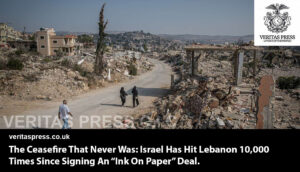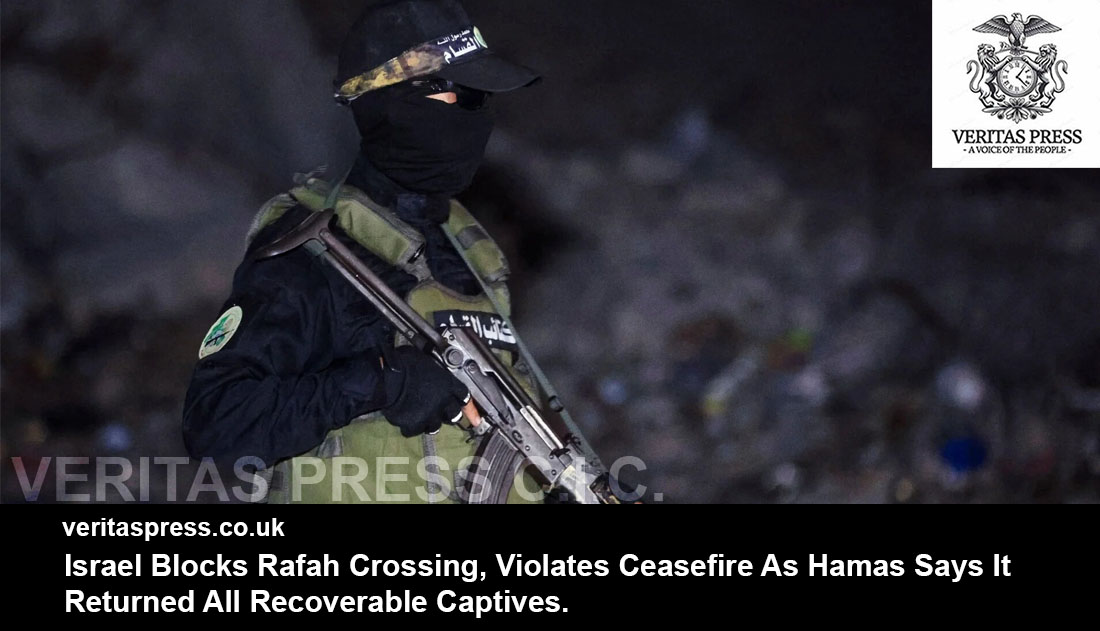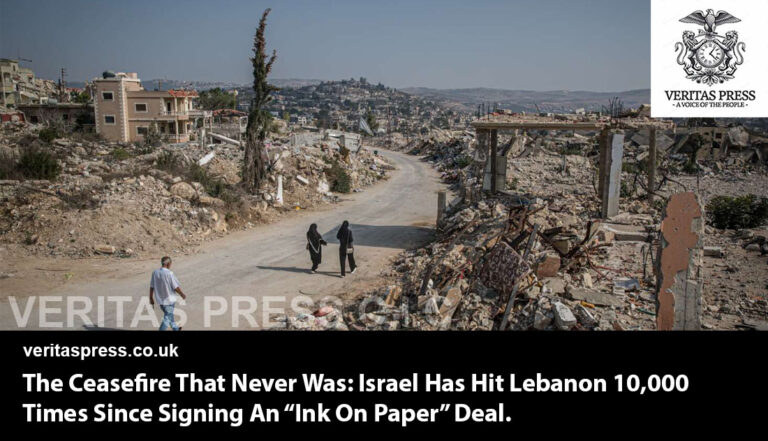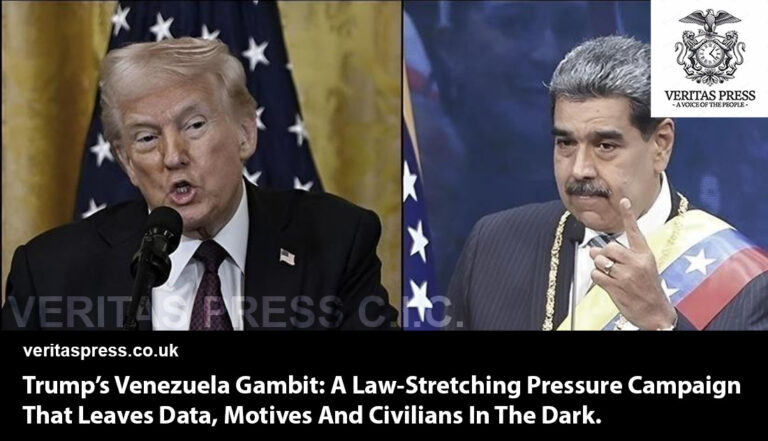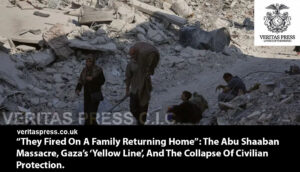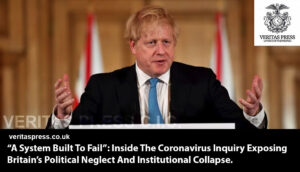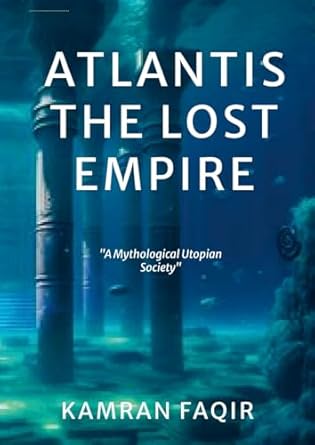Press Release: Veritas Press C.I.C.
Author: Kamran Faqir
Article Date Published: 16 Oct 2025 at 17:30 GMT
Category: Middle-East | Palestine-Gaza-West Bank | Israel Blocks Rafah Crossing
Source(s): Veritas Press C.I.C. | Multi News Agencies

Business Ads
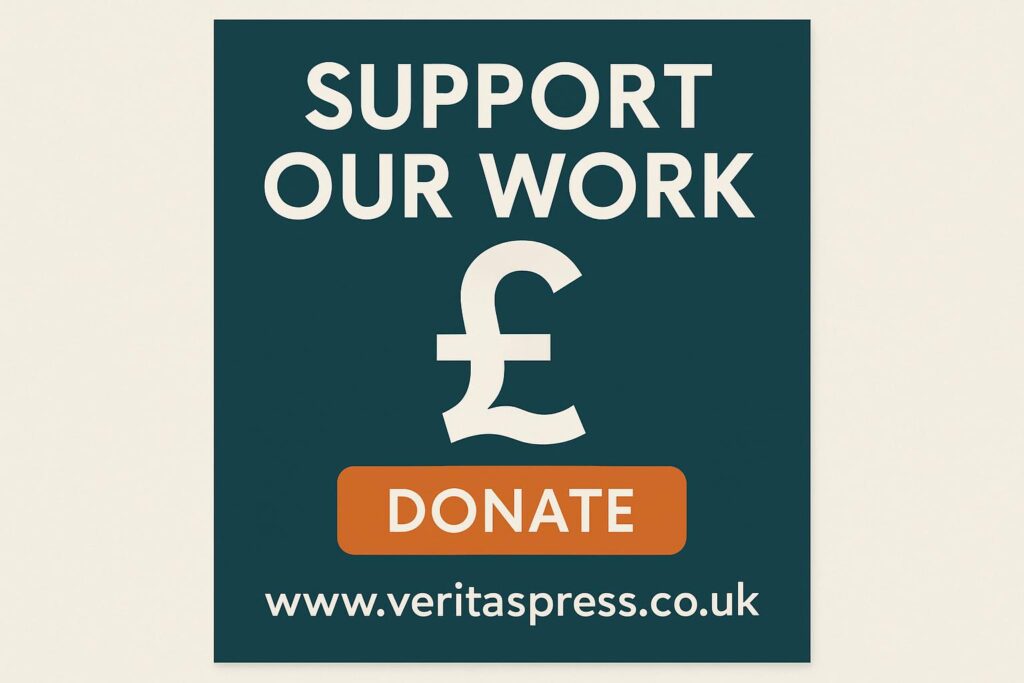

In a development laden with both symbolic and political weight, Hamas announced it had returned all the deceased Israeli captives its fighters were able to recover amid Gaza’s ruins, fulfilling, it said, its obligations under the ceasefire agreement signed last week.
However, as the bodies were handed over through the International Committee of the Red Cross (ICRC), Israel failed to reciprocate or honour the truce. Instead, it retaliated by blocking the Rafah crossing with Egypt and killing civilians returning home, thereby violating the ceasefire and further strangling Gaza’s two million surviving civilians.
At stake is not just the fate of the dead, but the moral architecture of a fragile peace, and whether the international order has any leverage left over a state that continues to act with impunity.
“We Handed Over All We Could,” Hamas Completes Its Part:
In a statement, the Qassam Brigades, the armed wing of Hamas, said it had fulfilled every aspect of the ceasefire deal:
“The resistance has adhered to the agreement and handed over all the living captives it held, as well as the bodies it was able to access. Recovering the remaining bodies requires significant effort and specialised equipment.”
According to the group, two more Israeli bodies were delivered to the ICRC late Wednesday, bringing the total to nine. The remaining 19, it said, are either missing or trapped beneath the debris of a devastated landscape that the United Nations estimates to be over 83 percent destroyed.
In what has become a gruesome choreography of postwar diplomacy, coffins were exchanged under supervision in Gaza City as mediators from Qatar, Egypt, and the U.S. looked on.
But Israel immediately cast doubt on Hamas’s statement. Intelligence officials told Israeli media that the group “still knows the locations of more bodies,” though none provided evidence.
Such accusations, analysts note, serve a strategic purpose: to create a pretext for continuing Israel’s siege and deflect international scrutiny from its own war crimes.
Ceasefire Under Siege: Israel’s Calculated Breach:
Under the ceasefire, Hamas agreed to release 20 living Israeli captives in exchange for nearly 2,000 Palestinian prisoners, alongside a mutual return of bodies, 28 Israeli for roughly 400 Palestinian remains withheld by Israel, many for decades.
In return, Israel was required to reopen the Rafah crossing, allow unrestricted humanitarian aid, and halt military operations across Gaza.
Instead, Israel kept Rafah sealed and cut aid deliveries in half, reducing daily truck entries from 600 to around 300, a violation confirmed by the UN Office for Humanitarian Affairs (OCHA) and acknowledged by Israeli officials.
“Israel is using humanitarian access as leverage, effectively weaponising starvation to score political points,” said one European diplomat involved in the mediation, speaking to Middle East Eye on condition of anonymity.
Satellite images reviewed by Reuters confirm that the Rafah crossing, already demolished during Israel’s May ground invasion, remains shuttered, with bulldozers blocking the tarmac. Tens of thousands of wounded civilians, many awaiting evacuation to Egyptian hospitals, remain trapped inside Gaza.
Israeli army spokesperson Daniel Hagari admitted on Thursday that Rafah “will reopen at a later stage,” without giving a date.
Human rights monitors described the statement as an open admission of a ceasefire breach.
“Israel is again setting conditions for basic humanitarian law,” said Omar Shakir, Human Rights Watch’s Israel-Palestine director. “If civilians starve because of a political dispute over corpses, that’s collective punishment, and it’s illegal under international law.”
U.S. Confirms Hamas Is Complying, But Refuses To Condemn Israel:
In an unusually frank admission, a senior adviser to President Donald Trump told reporters in Washington that Hamas had in fact fulfilled the deal’s core terms:
“Hamas honoured the agreement by releasing all living captives as agreed. The body recovery process was always expected to take time.”
The statement, confirmed by The Washington Post, directly undercut Israeli Prime Minister Benjamin Netanyahu’s claim that Hamas was “violating” the ceasefire.
But the White House stopped short of criticising Israel, instead issuing a generic call for “both sides to exercise restraint.”
That diplomatic silence has allowed Israel to undermine the deal without consequence, and to test the limits of Washington’s tolerance for its defiance.
“The U.S. is effectively giving Israel permission to sabotage the ceasefire while pretending to mediate it,” said Dr. Leila Saleh, a Middle East policy scholar at Georgetown University. “It’s the same double standard we’ve seen throughout this war: Hamas is punished for every delay, while Israel breaks every clause of the agreement in plain sight.”
The Dead Tell Their Own Story: Palestinian Bodies Show Signs of Execution
While Israel accuses Hamas of slow compliance, forensic teams in Gaza are unearthing horrifying evidence of Israel’s own violations.
Of the 90 Palestinian bodies returned to Gaza this week, dozens showed signs of torture, handcuffing, execution-style gunshot wounds, and, in several cases, post-mortem mutilation.
Doctors at Al-Shifa and Nasser hospitals reported that most of the remains arrived numbered rather than named, wrapped in Israeli military-issued plastic bags. Several bore surgical scars indicating organ removal, a pattern previously documented by Palestinian NGOs.
In a statement, Hamas condemned the “torture, abuse, and field executions” revealed in the returned bodies, calling it “a heinous crime that amounts to genocide.”
“These horrific scenes reveal the fascist nature of the occupation army and the moral depravity it has reached,” the group said, urging the UN and international courts to launch investigations.
Israeli authorities offered no comment on the allegations. However, several Israeli officials anonymously told Haaretz that the bodies “had been held for security reasons” and that “identification procedures were ongoing,” a euphemism that human rights lawyers say has long masked systematic violations.
Torture And Political Repression: The Barghouti Beating.
Adding to the moral crisis, the family of Marwan Barghouti, the imprisoned Fatah leader widely regarded as Palestine’s most popular political figure, accused Israeli guards of beating him unconscious in September.
His son, Arab Barghouti, said eight prison officers assaulted his 66-year-old father while transferring him between facilities, focusing blows to his head, chest, and legs. Released prisoners later confirmed the account, saying Barghouti “could barely walk for days.”
If verified, the assault would mark the fourth beating in two years against a political leader often seen as a potential unifying figure for postwar Palestinian politics.
The timing is notable: Israeli hardliners fear that Barghouti’s release, long demanded by Hamas and Palestinian factions alike, could challenge the fragmented leadership structure Israel has sought to impose on Gaza and the West Bank.
The Hidden Politics Of Corpses:
The battle over the dead is more than an exchange of remains; it’s a strategic theatre of control.
Israel has for decades withheld thousands of Palestinian bodies, using them as bargaining chips, tools of humiliation, and psychological warfare. Many are buried in so-called “cemeteries of numbers,” where gravestones are replaced by plaques and identities are erased.
In this context, Hamas’s pledge to return all recoverable Israeli bodies, despite ongoing bombardment, siege, and resource collapse, carries symbolic power.
“Hamas is trying to demonstrate moral parity, to show that it, not Israel, is adhering to the norms of war and human dignity,” said Dr. Mustafa Barghouti, secretary-general of the Palestinian National Initiative. “Israel’s refusal to return Palestinian remains, and its desecration of the dead, flips that claim back on Tel Aviv.”
Turkey and Egypt have reportedly offered technical teams and rescue equipment to assist in body recovery, but Israel has so far blocked their entry.
“By sealing Rafah, Israel is not only violating the ceasefire, it’s obstructing the identification and burial of the dead. That’s collective punishment beyond the grave,” said Shawan Jabarin, head of Al-Haq, the Ramallah-based human rights organisation.
A Ceasefire On Life Support:
The ceasefire, which was meant to end one of the bloodiest modern sieges in history, now teeters on collapse.
Since its signing, Israel has killed at least 24 Palestinians in what it calls “enforcement actions.” Hamas accuses Israel of “calculated provocations” aimed at justifying a return to war.
Aid groups warn that a renewed blockade on Rafah would trigger another famine in southern Gaza within weeks. Fuel and medical supplies are already running out, while over 70,000 displaced families remain without shelter.
Meanwhile, international mediators privately admit that Israel is violating the deal more blatantly than Hamas, but that Washington’s refusal to confront Netanyahu leaves the truce vulnerable to collapse.
Conclusion: The Ceasefire That Exposed The Illusion Of Law.
What has unfolded since the signing of the ceasefire is not a transition to peace, but the continuation of war by other means. Hamas’s return of all recoverable Israeli captives, conducted amid devastation and under the supervision of the Red Cross, was meant to mark the first tangible progress toward de-escalation. Instead, Israel’s blockade of Rafah and renewed military assaults have revealed a deliberate strategy to hollow out the deal from within. Israel is in absolute violation of the ceasefire agreement, obstructing crossings, resuming targeted killings, and withholding aid, while its Western allies remain complicitly silent.
Hamas insists the file of captives is now “closed.” Israel insists it isn’t. Between those positions lies the fate of millions of Palestinians still trapped under siege, and the credibility of every institution that claims to defend international law. The Rafah blockade, in defiance of the ceasefire, has become more than a border issue; it is a test of whether Israel can flout international agreements with impunity, and whether global mediators will continue to look away.
Israel’s conduct since the deal took effect has made clear that its aim is not compliance, but control. In recent days, Israeli forces have opened fire on displaced Palestinians attempting to return to their homes in Khan Younis, northern Gaza, and along the coast. At least seven have been killed this week alone, civilians shot while trying to cross into areas designated “safe” under the ceasefire. Human rights monitors describe it as a continuation of Israel’s “policy of annihilation by attrition,” enforcing the siege not only through starvation and blockade but through deliberate, selective killing, a message that even peace can be fatal under occupation.
This is not merely a breach of the truce; it is a systematic dismantling of its very foundations. Israel, having razed the terrain from which it now demands the recovery of captives’ bodies, uses the physical and moral wreckage of Gaza as leverage to impose its will. Its message to Palestinians is brutally clear: even the dead will not be left in peace until the living surrender.
In the rubble of Gaza, the bodies of the dead, Israeli and Palestinian alike, have become political currency. But the deeper story is one of moral inversion: the occupier invoking the sanctity of its dead while denying the living their right to breathe, eat, and exist. Israel’s invocation of “security” has become the permanent justification for domination, a form of governance through siege, starvation, and denial that extends beyond war into every aspect of Palestinian life.
The Biden–Trump administration’s silence underscores a familiar hypocrisy: Washington confirms that Hamas has complied with the agreement but refuses to acknowledge that Israel is violating it in full view of the world. By refusing to name the aggressor, the U.S. effectively legitimises the violations it claims to mediate against. It verifies Hamas’s cooperation while rewarding Israel’s obstruction, transforming diplomacy into a mechanism of managed impunity. The result is not a peace process but an occupation under international supervision.
The Rafah crossing, the last symbolic frontier of Palestinian autonomy, has become a moral fault line. By keeping it sealed, Israel signals that even under a ceasefire, it will decide who eats, who leaves, who receives medicine, and who dies waiting. This is not security; it is the systematic control of survival itself.
The returned Palestinian bodies, many showing signs of torture, abuse, and execution, serve as physical evidence of what international law continues to euphemise as “serious violations.” Yet the deeper indictment lies not only in the crimes themselves but in the silence surrounding them. The United Nations calls for investigations that never begin. The International Criminal Court issues statements without indictments. Western governments urge “restraint” while financing the machinery of repression. The very language of legality has been hollowed out, replaced by a logic of domination where the violator dictates the meaning of law itself.
This ceasefire, instead of marking a step toward justice, has exposed the structural collapse of accountability. A besieged people, stripped of infrastructure and sovereignty, complied with impossible terms. An occupying power violated them openly, secure in the knowledge that no institution would act. The architecture of negotiation, mediated through U.S. leverage, Israeli power, and Palestinian desperation, ensures that the victim remains accused, and the aggressor remains unpunished.
In the ruins of Gaza, the question is no longer whether Israel will honour its commitments, but whether the world still recognises the difference between law and power. If this ceasefire collapses, and all evidence suggests it already has, it will not be because Hamas failed to comply, but because Israel, with Western complicity, has proven that agreements mean nothing when enforcement is optional.
The dead have been returned. The siege continues. Palestinians are still being killed as they try to go home. And the world watches, again, as the language of peace is used to disguise the practice of perpetual war. Behind every declaration of “calm” lies a machinery of domination recalibrating itself for the next assault. Humanitarian corridors become chokepoints; ceasefire clauses become bargaining tools; reconstruction promises become mechanisms of control. The same governments that proclaim “restraint” continue to arm the occupation and finance its siege, laundering violence through the vocabulary of diplomacy. Each carefully worded statement from Western capitals masks a simple truth: that Gaza’s suffering is not a failure of policy, but the policy itself. The ceasefire was never designed to end the war, only to make its continuation more palatable to the international conscience. And so the cycle endures: law without accountability, peace without justice, and silence masquerading as neutrality.
The ceasefire may have paused the bombs, but it has not ended the killing; it has only revealed who is allowed to kill without consequence. How many more times will the world watch Israel violate its own agreements before the word “law” loses all meaning?


